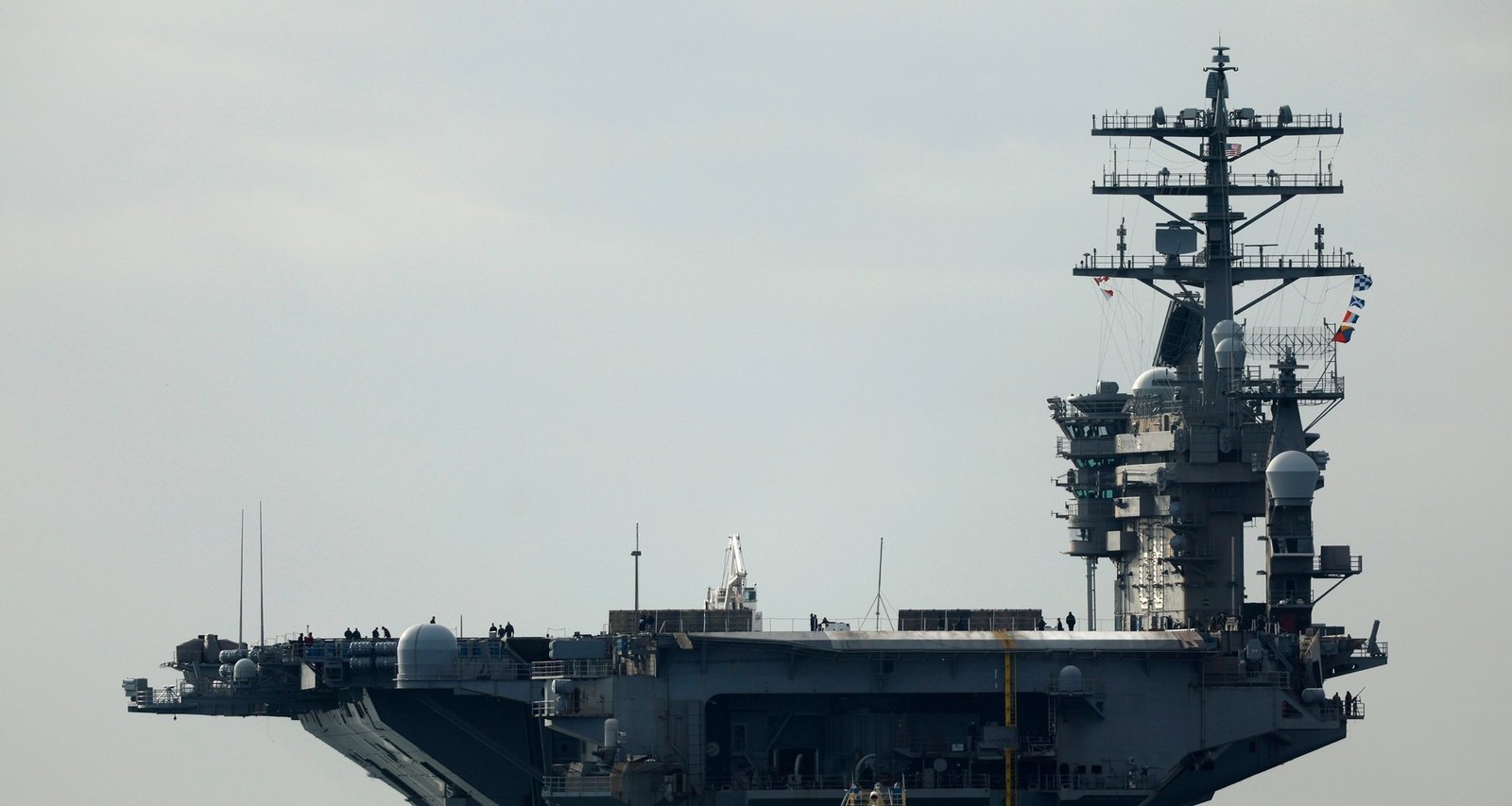Initial reports from Pacific Fleet indicate that flight operations aboard the carrier were suspended briefly while safety protocols were reviewed. The Navy has launched separate investigations to determine the causes of the accidents. Standard procedures include collecting flight data, interviewing crew members, and examining maintenance records. Findings will be used to assess whether mechanical issues, human factors, or environmental conditions contributed to the incidents.
The dual mishaps occurred against the backdrop of regular carrier strike group activities in one of the world’s busiest and most strategically significant waterways. The South China Sea is a frequent training ground for U.S. naval aviation units due to its proximity to international shipping lanes and areas where freedom-of-navigation operations are conducted. Although the Navy has described Sunday’s flights as routine, the events underscore the inherent risks associated with carrier aviation.
The USS Nimitz (CVN-68) remains the oldest active nuclear-powered aircraft carrier in the U.S. fleet. Commissioned in 1975, the ship is scheduled for decommissioning during fiscal year 2026. In November 2024, the carrier departed San Diego Bay for readiness drills before returning to its homeport at Naval Base Kitsap in Bremerton, Washington. According to data published on the official U.S. Navy website, the vessel typically embarks more than 60 aircraft and supports a crew of roughly 5,000 sailors during deployments.
The MH-60R helicopter involved in Sunday’s accident is assigned to a helicopter maritime strike squadron often integrated with carrier air wings. The Sea Hawk platform, introduced in the early 2000s, is regarded as a key component of the Navy’s multi-mission rotary-wing fleet. Meanwhile, the F/A-18F Super Hornet serves as a mainstay of carrier-based tactical aviation, capable of both air-to-air combat and precision strike missions. Strike Fighter Squadron 22 has participated in multiple deployments supporting U.S. operations across the Indo-Pacific.

Imagem: Internet
Following the successful rescue of all five aviators, Pacific Fleet reported that flight operations aboard the Nimitz resumed after safety checks were completed. The Navy noted that no environmental hazards or fuel spills were detected at the crash sites. Salvage efforts to recover wreckage will be coordinated to aid investigators and to mitigate any potential impact on maritime traffic.
While back-to-back aircraft losses are uncommon, the Navy enforces stringent training and maintenance standards designed to minimize mishaps. Aviation commands are required to conduct thorough safety stand-downs after significant events. These reviews normally encompass flight procedures, risk management practices, and technical evaluations of airframes and equipment.
The service has not indicated whether the two crashes share any underlying connection, emphasizing that each event will be examined independently. Results of the investigations will be released once completed, consistent with Department of Defense transparency policies.
Crédito da imagem: Kevin Carter/Getty Images



